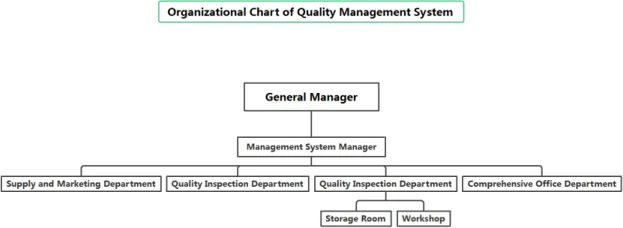
News
sep . 30, 2024 10:56 Back to list
Best Chelating Agents for Effective Copper Removal in Various Applications
The Best Chelating Agents for Copper An In-Depth Look
Chelation is a crucial chemical process wherein a compound binds to a metal ion, forming a stable complex that can be more easily eliminated from the body or environment. In various fields such as agriculture, medicine, and industrial applications, the ability to selectively bind to metals like copper is particularly valuable. Copper, an essential trace element, plays a vital role in biological systems but can be toxic at elevated levels. Thus, the use of effective chelating agents is essential. This article delves into some of the best chelating agents for copper and their respective applications.
Understanding Chelating Agents
Chelating agents are organic compounds that can attach to metal ions, helping to reduce their toxicity and improve their solubility. This is achieved through the formation of multiple bonds with the target ion, which stabilizes the complex. Some of the most well-known chelating agents include EDTA (ethylenediaminetetraacetic acid), citric acid, and DTPA (diethylenetriaminepentaacetic acid).
1. EDTA The Gold Standard
EDTA is often regarded as the gold standard in chelation therapy. This versatile agent can effectively bind to a variety of metal ions, including copper, making it a popular choice in both clinical and environmental applications. In clinical settings, EDTA is sometimes used to treat heavy metal poisoning. However, it is essential to administer it under medical supervision, as unregulated use can lead to severe side effects, including the depletion of essential metals from the body.
In agriculture, EDTA is used as a micronutrient fertilizer to improve copper availability to plants. By chelating copper, it ensures that the metal is in a form that is easily absorbed by roots, facilitating better growth and yield.
2. DTPA A Strong Competitor
DTPA is another effective chelating agent known for its ability to bind to copper and other heavy metals. With a more complex structure than EDTA, DTPA has a higher stability constant, making it effective in various pH levels. This chelating agent is frequently employed in agricultural applications to improve the solubility of copper in soils, thereby enhancing its uptake by crops.
Moreover, DTPA is also used in environmental remediation to extract copper from contaminated soils, facilitating detoxification and recovery processes.
best chelating agent for copper quotes

3. Citric Acid The Eco-Friendly Option
Citric acid, a naturally occurring organic acid, is increasingly recognized for its chelating properties. It is particularly effective at low pH levels and is considered an eco-friendly alternative to synthetic chelating agents like EDTA. Citric acid binds to copper ions, making it a popular choice in organic farming practices.
In addition to agriculture, citric acid is finding applications in bioremediation efforts, wherein natural processes are harnessed to remove pollutants from the environment. Its biodegradability and low toxicity make it an attractive option for sustainable practices.
4. Aminopolycarboxylic Acids Emerging Agents
Other emerging chelating agents include aminopolycarboxylic acids such as NTA (nitrilotriacetic acid) and HEDTA (hydroxyethyliminodiacetic acid). These compounds are being researched for their potential in both agricultural and environmental applications.
While they are not as widely used as EDTA or DTPA, their efficacy in binding to copper and other metals is promising. For example, NTA has been utilized in cleaning and industrial processes for its ability to complex copper ions, making it easier to manage waste and reduce metal toxicity.
Conclusion
Selecting the best chelating agent for copper largely depends on the specific application and context. EDTA remains the most recognized and utilized chelator, particularly in clinical settings. In contrast, DTPA and citric acid offer strong alternatives for agricultural and environmental applications due to their effectiveness and lower ecological impact.
As we continue to explore and develop chelating agents, it is essential to balance efficacy with safety and environmental considerations. Understanding the unique properties and applications of various chelating agents will enable us to better manage copper and other metals, ensuring that we harness their benefits while minimizing their potential harm. The right choice of chelating agent can greatly contribute to sustainable practices in agriculture, industry, and healthcare, ultimately leading to a healthier planet.
-
Polyaspartic Acid Salts in Agricultural Fertilizers: A Sustainable Solution
NewsJul.21,2025
-
OEM Chelating Agent Preservative Supplier & Manufacturer High-Quality Customized Solutions
NewsJul.08,2025
-
OEM Potassium Chelating Agent Manufacturer - Custom Potassium Oxalate & Citrate Solutions
NewsJul.08,2025
-
OEM Pentasodium DTPA Chelating Agent Supplier & Manufacturer High Purity & Cost-Effective Solutions
NewsJul.08,2025
-
High-Efficiency Chelated Trace Elements Fertilizer Bulk Supplier & Manufacturer Quotes
NewsJul.07,2025
-
High Quality K Formation for a Chelating Agent – Reliable Manufacturer & Supplier
NewsJul.07,2025
